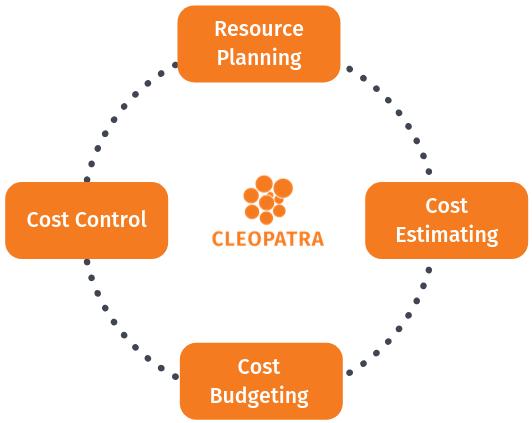3.4 Describe the process of developing recommendations from the analysis Being able to collect the right data is one thing but making it extremely useful to the business or project requires a different skill- and mindset. Data research and analytics is often perceived as complicated and suited to more isolated individuals within the business; therefore, achieving buy-in behind data and research findings has always been a significant challenge to external consultants. One additional factor is that internal and external stakeholders might view the consultant to be inherently biased in favour of findings that support a justification for future work (Maister: 2002)! Taking into consideration the work of several academic experts within the field of consultancy and change management, we therefore provide a synopsis of eight dimensions that overlap to enhance the process of turning raw data into analytics and then actionable recommendations (Kotter: 2012) (Maister: 2002):
1. Smart Recruitment Tools can collect data, but people - who understand the business - build insights. Smart people are required to find the useful data, translate it into data-driven stories of useful knowledge - the insights. It's a team effort where combining internal business experts with external analysts might be your best bet. 2. Ask stakeholders Go the extra mile to answer all of your stakeholders’ questions. This means tapping into the stakeholders’ aspirations and challenges by asking the right questions. Remember, if things go wrong, or not to planned, these are the significant people who might step in to save you and your team. 3. Measuring the correct variables










